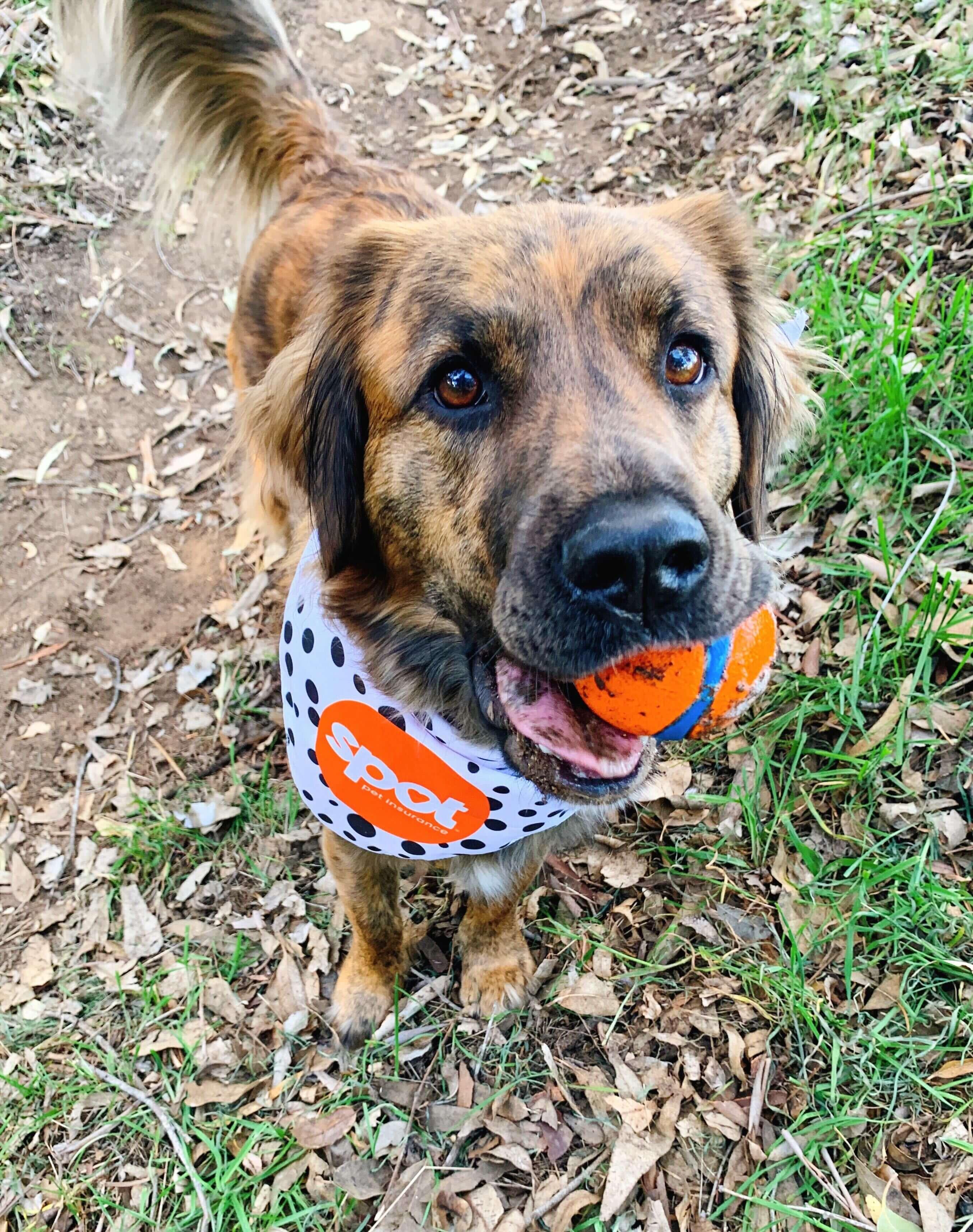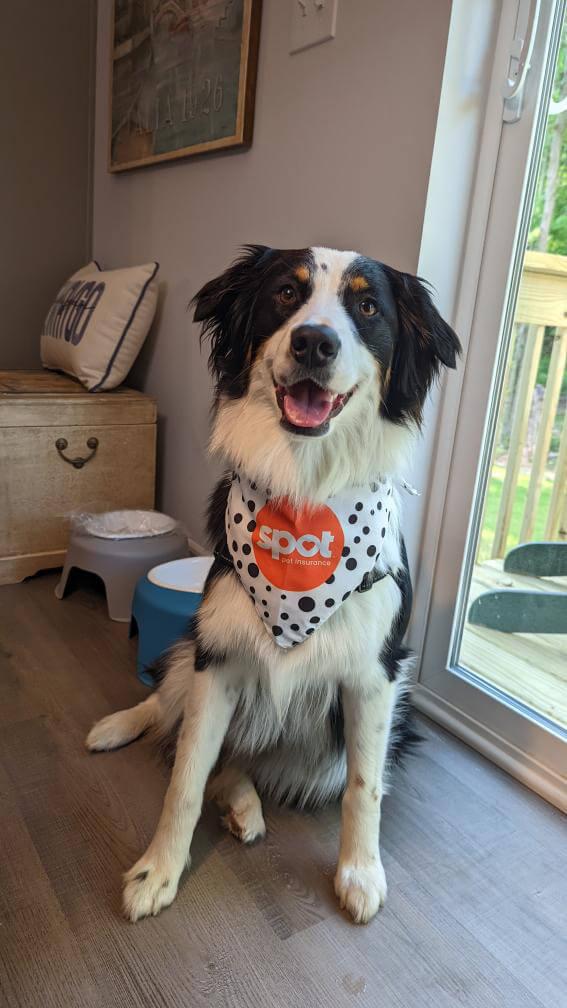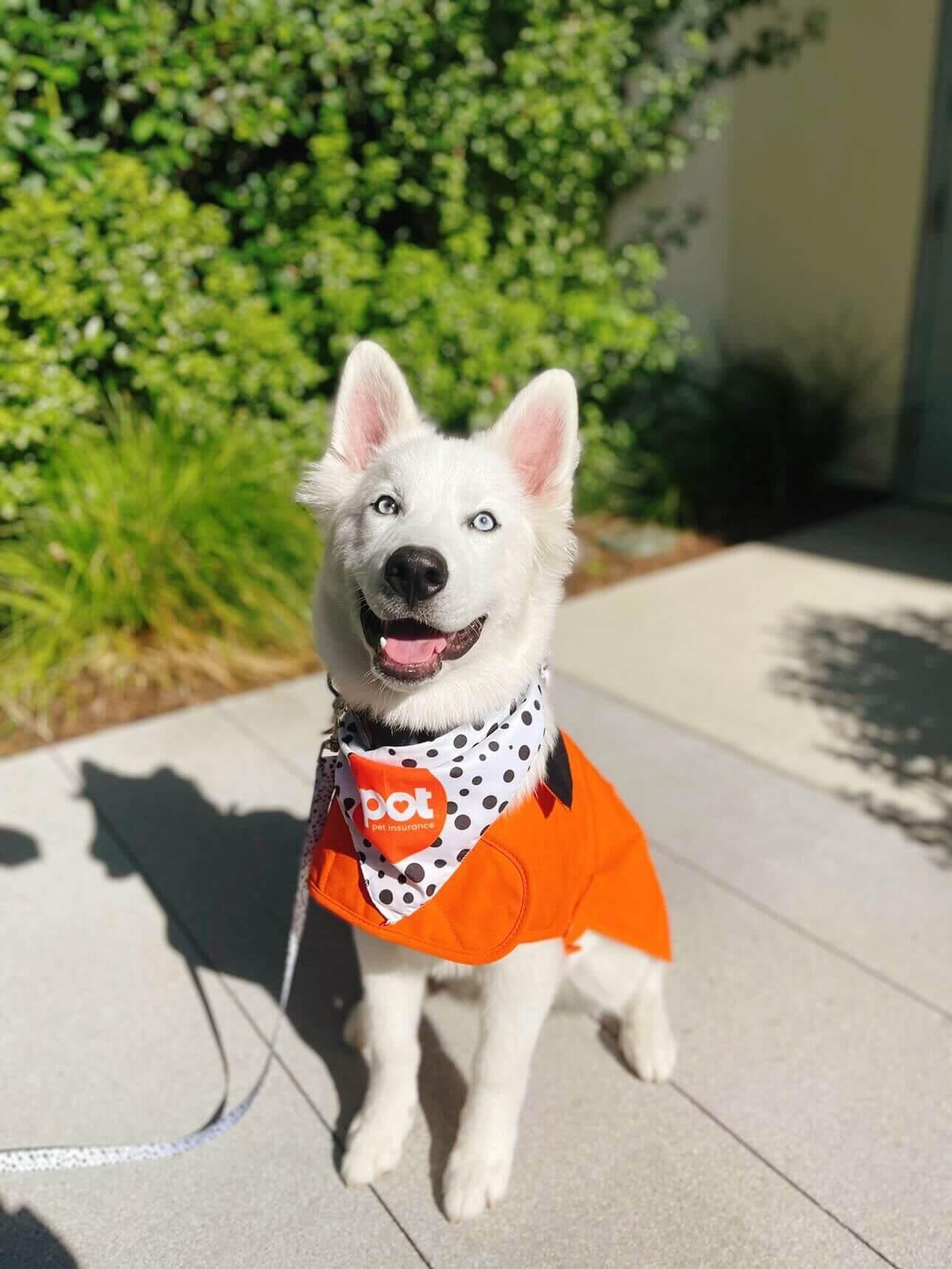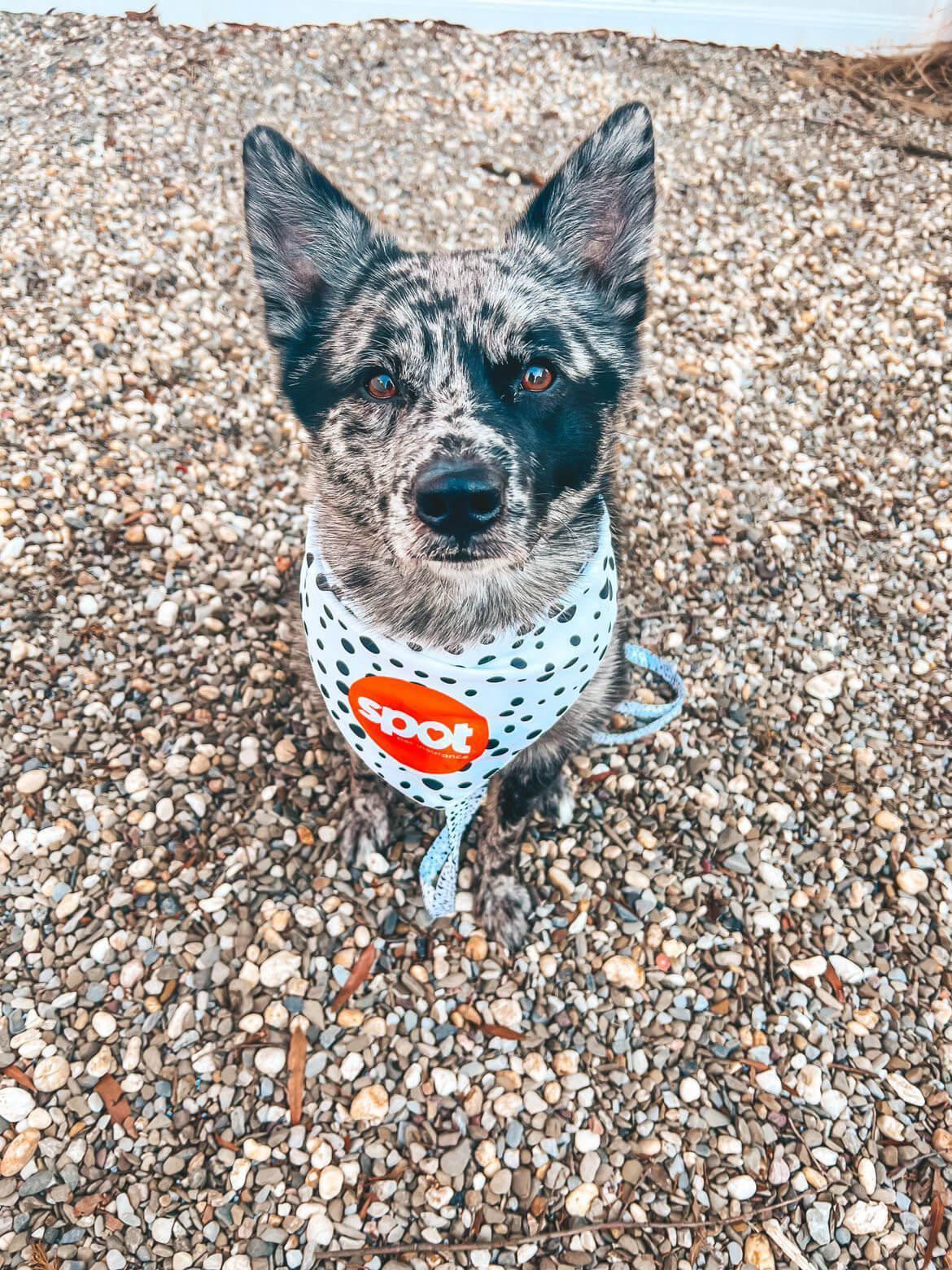You might notice your dog twitch, kick their leg, or squirm when scratched in certain spots. But are dogs actually ticklish, and do they enjoy it? Let’s break down what tickling means for dogs and how you can tell if your pup is into it—or not.
How Do You Know if a Dog Is Ticklish?
Dogs may not laugh like humans, but they do show signs of being ticklish through body language. Common signs include:
Leg kicks or twitches when scratched in a sensitive area
Wiggling or rolling over to expose the spot again
Tail wagging or playful behavior
Quick head turns or light vocalizations (like a happy huff or grunt)
If your dog shows these reactions and seems relaxed, there’s a good chance they’re ticklish in that area.
Where Are Dogs Most Ticklish?
While every dog is different, common ticklish spots include:
Belly
Paws (especially between the toes)
Neck and under the chin
Ears
Base of the tail
Why Does My Dog Kick Their Leg When I Scratch Them?
That leg kick is called the scratch reflex—an involuntary response when nerves under the skin are stimulated. It doesn’t always mean your dog is ticklish, but it does show that area is highly sensitive. Many dogs find this sensation enjoyable, while others might not, so it’s important to observe how your dog responds overall.
Do Dogs Laugh When Tickled?
Dogs don’t laugh the way people do, but they can show joy through body language. Some dogs make a “play panting” sound that’s often compared to laughter. Combined with a relaxed body and wagging tail, it’s a good sign they’re happy—even if they’re not technically laughing.
Do Dogs Enjoy Being Tickled?
Some dogs love being scratched or tickled in certain spots, while others may not enjoy it at all. The key is paying attention to their body language. If they lean in, wiggle, or come back for more, they’re probably enjoying it. If they move away or seem tense, it's time to stop.
How to Tickle Your Dog (Safely and Gently)
If you want to try tickling your dog, here’s how to do it respectfully:
Start with gentle scratches on common ticklish spots
Watch for signs of enjoyment (wagging tail, leaning in, playful behavior)
Avoid rough or prolonged scratching that could cause irritation
Stop immediately if your dog pulls away, gets tense, or seems uncomfortable
Not all dogs like being tickled, so always let them guide the experience.
FAQ
Do all dogs respond to tickling in the same way? No, every dog is different. Some enjoy ticklish sensations and react playfully, while others may be indifferent or avoidant.
Where is a dog most ticklish? Common ticklish spots include the belly, paws, ears, and neck—but it varies by dog.
How can I tell if my dog enjoys being tickled? Look for relaxed body language, tail wagging, playfulness, or your dog coming back for more. If they move away or tense up, they’re likely not enjoying it.
Are dogs actually ticklish? Yes, many dogs show physical reactions similar to being tickled—like leg kicks or wiggles—but their experience isn’t exactly the same as humans.
Key Takeaway
Many dogs are ticklish, and discovering their sensitive spots can be a fun way to bond. Just like people, some dogs enjoy it—and some don’t. By watching your dog’s body language and respecting their comfort zone, you can make tickle time safe, lighthearted, and enjoyable for both of you.
More About Spot Pet Insurance
Spot accident and illness plans can be used with any licensed vet in Canada or the U.S. Whether you are home or traveling to the U.S., Spot can reimburse the cost of vet bills for the diagnosis, treatment, or management of covered conditions. Spot’s accident and illness plans can help cover a variety of conditions, including broken bones, lacerations, aggression, kidney disease, diabetes, and more. Pet parents can also get cash back on the cost of routine care, including wellness exams, certain vaccinations, dental cleanings, and more, by adding a wellness rider to their plan for an additional cost.
To learn more about Spot Plans or to get a free quote, click here.

If you need a story or someone to talk to your cat like a person, I’m your person. With 3 cats, 1 dog, and a lifetime of pets, I write from experience, usually with a cat on my keyboard and a dog in my lap.











